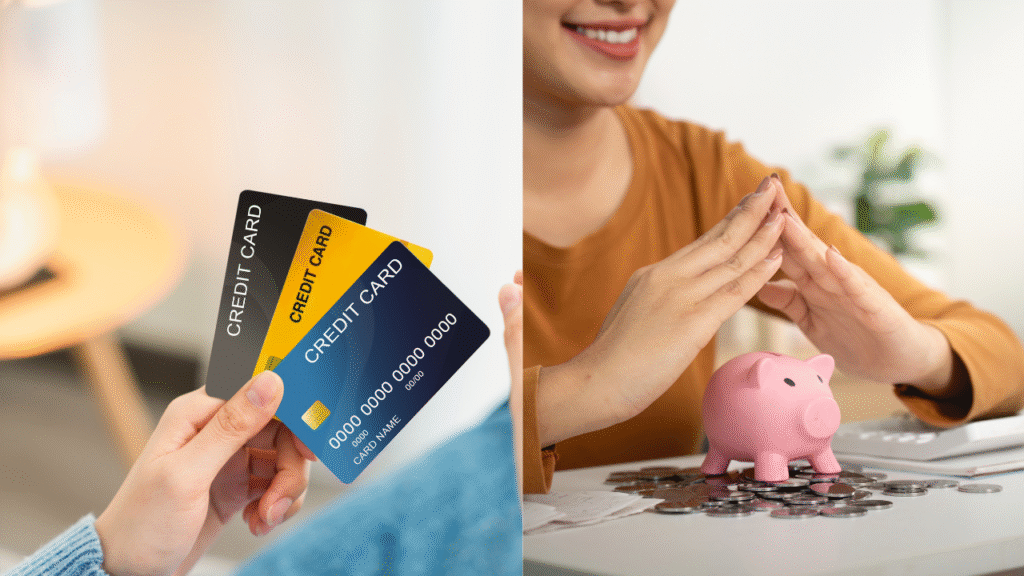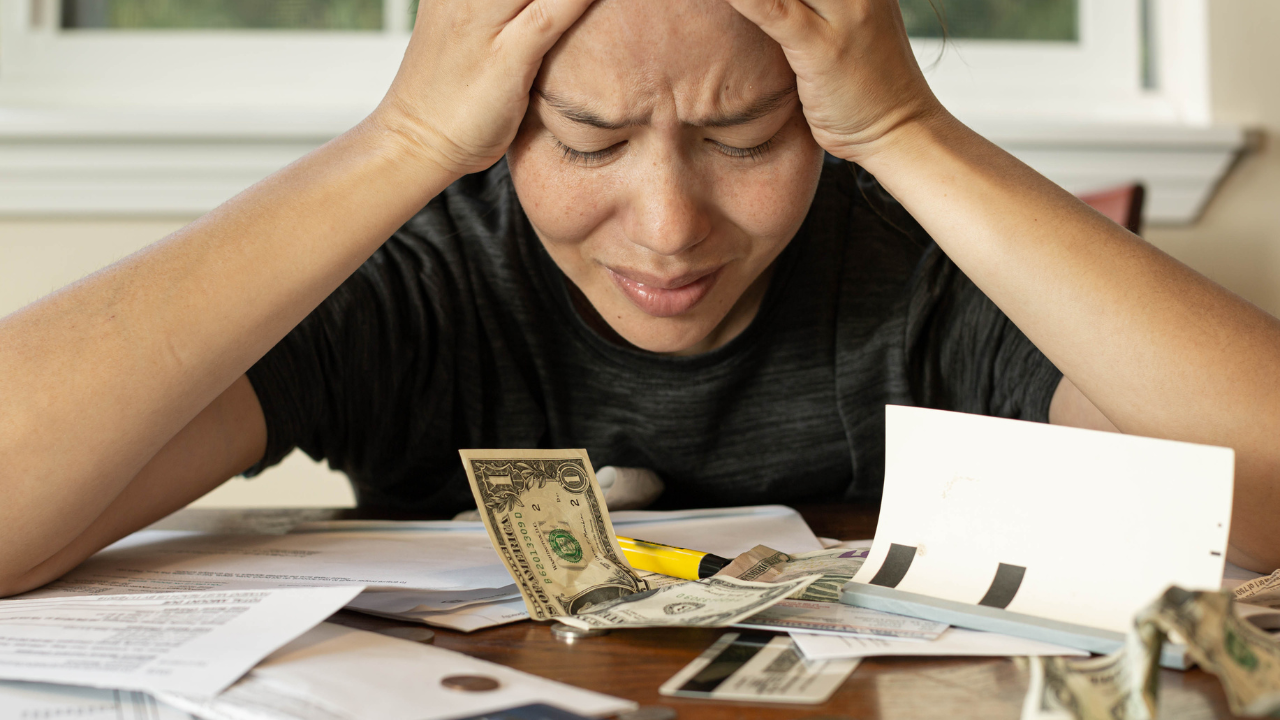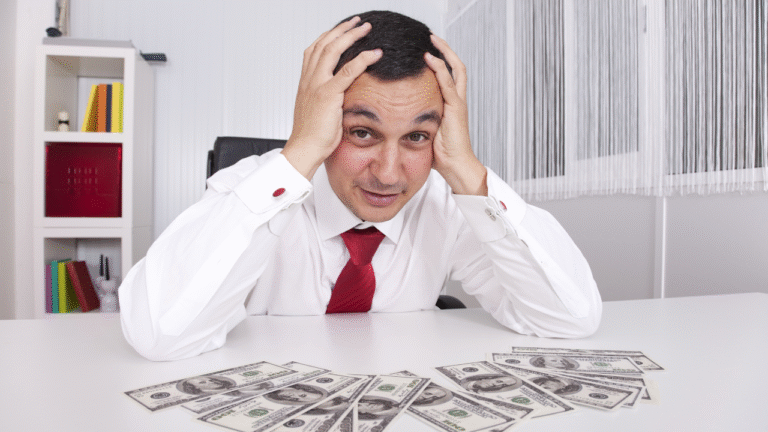Crushing Truth: Credit Card Debt Is Killing Your Savings
Are you tired of watching your savings vanish while your credit card debt keeps growing? 😓 You’re not alone millions of Americans are trapped in a credit card debt trap, losing hard-earned money every single month to high-interest rates.
According to Forbes, the average U.S. household owes over $10,000 in credit card debt, with interest rates hitting record highs. That means every dollar you spend on debt is one less dollar in your savings account.
In this article, we’ll explore how credit card debt vs savings plays out in real life, the psychological impact of carrying high balances, and how you can reduce credit card debt and start saving again for real.
Table of Contents
The Harsh Reality Behind Credit Card Debt
Credit cards are convenient from Chase credit cards to American Express Platinum, they promise rewards, travel points, and cashback perks. But what many people don’t realize is how quickly these benefits vanish once interest starts piling up.
According to Investopedia, the average annual percentage rate (APR) for credit cards has climbed to over 21%. Imagine paying 21% interest on your balance that’s financial quicksand!
Every time you pay only the minimum balance, your savings potential dies a little. The reality is brutal: the longer you delay paying off your balance, the more you lose in potential savings and compound interest growth.
💡 Example: If you owe $8,000 on a Capital One credit card at 21% APR, you’ll pay over $1,600 in interest per year money that could’ve gone to your emergency fund or retirement savings.
Why Credit Card Debt vs Savings Is a Losing Battle

When you have both debt and savings, it feels good to see money in your bank but here’s the truth: keeping savings while carrying credit card debt is often financially harmful.
According to NerdWallet, most Americans have less in savings than they owe in debt. That means their “safety net” is actually being offset by high-interest liabilities.
Let’s break it down 👇
- You’re earning 3% interest in a savings account.
- But you’re paying 20% interest on your credit card debt.
- The math? You’re losing 17% every year just by not paying off that debt.
It’s like trying to fill a bucket with water while there’s a hole at the bottom the faster you pour, the more you lose.
A Real Look at Everyday Money Struggles 💭
Most people don’t get into financial trouble overnight it happens slowly. One unexpected bill, a missed paycheck, or a simple swipe at the store turns into a balance that keeps growing. Before you know it, you’re juggling multiple payments, and even small things like eating out start to feel like guilt instead of joy.
It’s important to remember that financial stress doesn’t define your worth. Everyone makes mistakes with money what matters is the decision to face them head-on. Whether it’s tracking your spending, making a small extra payment, or saying “no” to something you can’t afford today, every step forward counts.
Money management isn’t about being perfect. It’s about learning, adjusting, and taking control of your future one decision at a time. 💪
The Psychological Trap of Credit Card Debt
Carrying credit card debt isn’t just financial it’s emotional. The constant stress of monthly payments, calls from lenders, and fear of missed due dates can lead to debt fatigue.
Many cardholders open more accounts Amazon credit card, Citi Double Cash card, or Costco Citi card thinking they’ll balance their payments, but that only deepens the trap.
You might even wonder, “Can you pay off credit card debt with another credit card?” Technically, yes through credit card balance transfer offers but this is only a short-term fix if you don’t address spending habits.
👉 Instead, focus on building discipline, budgeting strictly, and prioritizing debt repayment over luxury spending.
Smart Strategies to Pay Off Credit Card Debt

Ready to turn things around? Here are proven strategies to pay off credit card debt faster and smarter:
1. Use the Avalanche or Snowball Method ❄️
- Avalanche Method: Pay off the highest-interest cards first (like an American Express Gold card or Bank of America credit card).
- Snowball Method: Start with your smallest debt (like your Victoria’s Secret credit card) for quick wins and motivation.
2. Consider a Balance Transfer
If you qualify for credit cards with no annual fee that offer 0% APR for 12–18 months, transfer your balances there. Just make sure to avoid new spending.
For example, you could move your Best Buy credit card or Home Depot credit card debt to a low-interest card like the Wells Fargo Active Cash Card.
3. Cut Unnecessary Expenses
Do a 30-day audit of your spending. Eliminate subscriptions, impulsive online buys, and unnecessary dining out. Redirect those savings toward your debt.
4. Automate Payments
Set up auto-pay on every credit card whether it’s your Citi credit card, Amex Gold, or Sam’s Club credit card to avoid missed payments and late fees.
5. Build a Small Emergency Fund
Before you go all-in on debt repayment, save at least $500–$1,000 for emergencies. This prevents you from using credit again for unexpected expenses.
Rebuilding Your Financial Life After Debt
Once you manage to reduce credit card debt, it’s time to rebuild your financial foundation.
- Open a high-yield savings account and set up automatic transfers.
- Use cash back credit cards like those from American Express or Citi responsibly only for planned purchases, paid in full each month.
- Explore travel credit cards if you travel frequently, but always pay off balances before interest kicks in.
- Gradually rebuild your credit score by keeping utilization below 30%.
Remember, financial freedom isn’t about never using a card it’s about using it wisely.
Learn More About Smarter Credit Use
To make the most of your cards without falling back into debt, check out these guides from SmartSaveUSA:
- Are Store Credit Cards Worth It?
- Credit Card Cashback Rewards 2025
- Credit Card Offers With Bonus Cash
Each of these articles will help you use rewards and offers smartly while avoiding the credit card debt trap.
External Insights: Learn from Trusted Sources
When it comes to debt management, it’s always wise to get advice from reliable authorities. Here are a few top resources:
All of these are dofollow high-authority links, giving your readers trusted sources while improving your blog’s SEO ranking.
Frequently Asked Questions (FAQs) 💬
Q1. Why does carrying a balance on my card hurt my finances?
Because interest builds on the unpaid amount every month, even small balances can grow fast. Over time, you end up paying much more for past purchases than they were ever worth.
Q2. How much credit card debt is considered too much?
If your card payments take more than 10–15% of your monthly income, or if you can’t pay the full balance each month, that’s a warning sign. The moment you’re only making minimum payments, it’s time to re-evaluate.
Q3. Should I pay off debt or keep money in savings first?
It depends on your situation. Generally, high-interest debt costs more than what you earn from savings interest, so paying off what you owe first makes sense. But it’s smart to keep a small emergency fund ($500–$1,000) before going all-in on debt.
Q4. Can opening new credit cards help my credit score?
Sometimes but not always. New cards can lower your credit utilization rate, which helps your score, but too many new accounts at once can actually hurt it. Use new credit strategically, not emotionally.
Q5. What’s the fastest way to get out of credit card debt?
The quickest way is to stop adding new debt, focus on one repayment strategy (like avalanche or snowball), and automate your payments. Consistency beats speed steady progress every month gets you debt-free faster than you think.
The Bottom Line: Take Action Today 💥

Your credit card debt didn’t build up overnight — and it won’t disappear overnight either. But with consistency, discipline, and the right strategy, you can stop the financial bleeding and start saving again.
Whether it’s your Amex Platinum, Disney credit card, or Costco credit card, remember: the power to rebuild your financial health is in your hands. The moment you choose to take control, your future self will thank you.
It’s time to stop letting credit card debt kill your savings — and start letting your money work for you. 🚀












